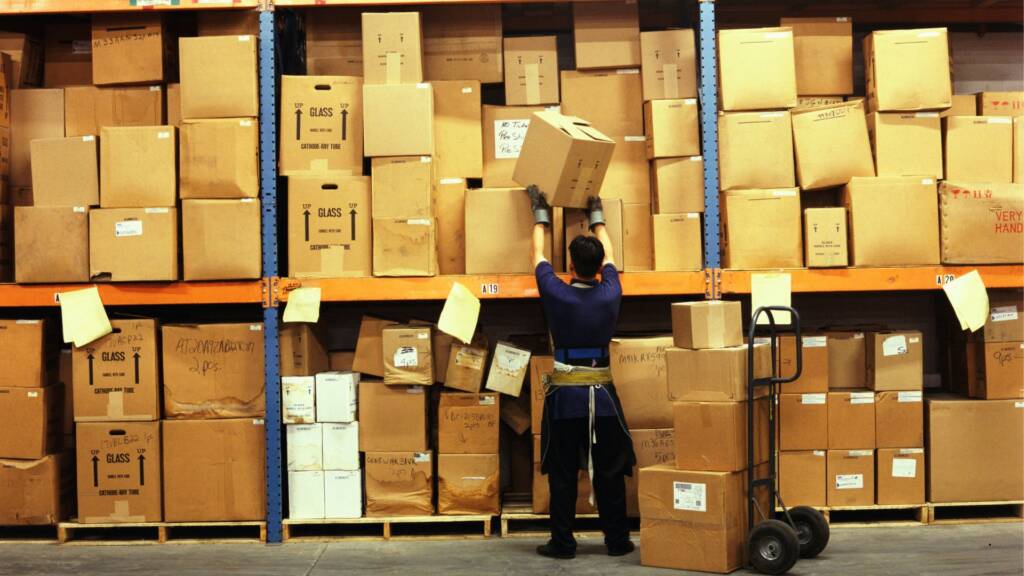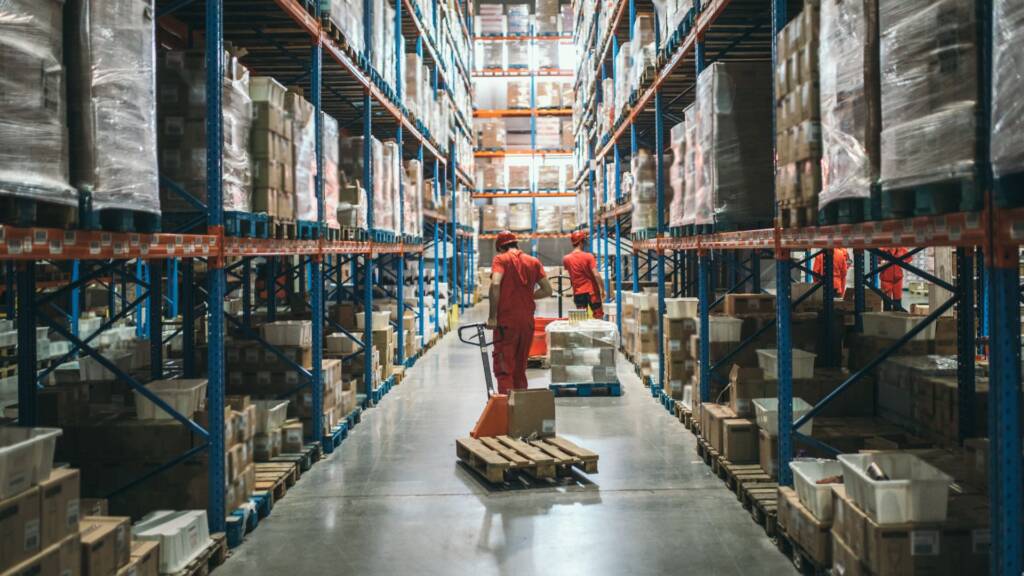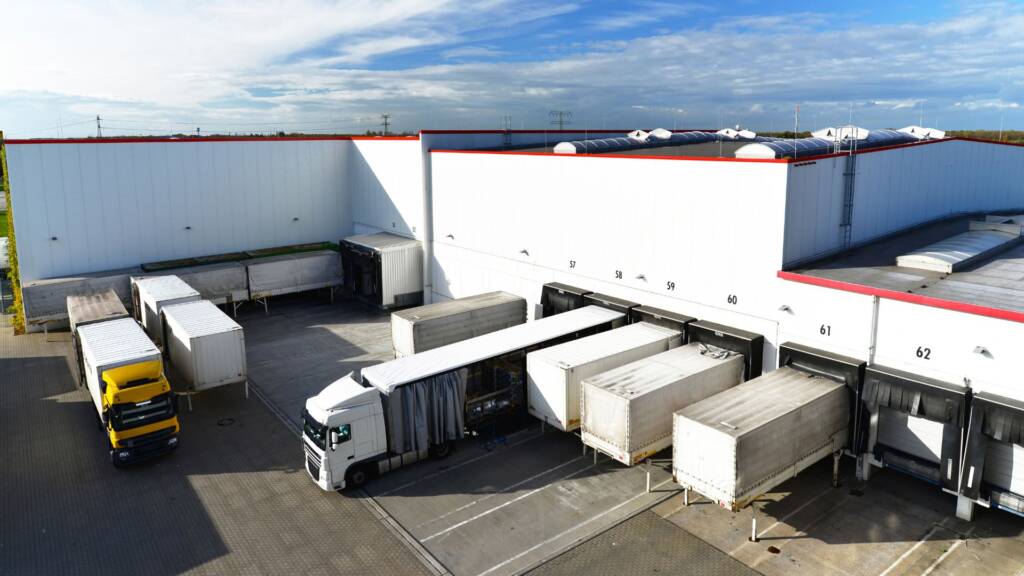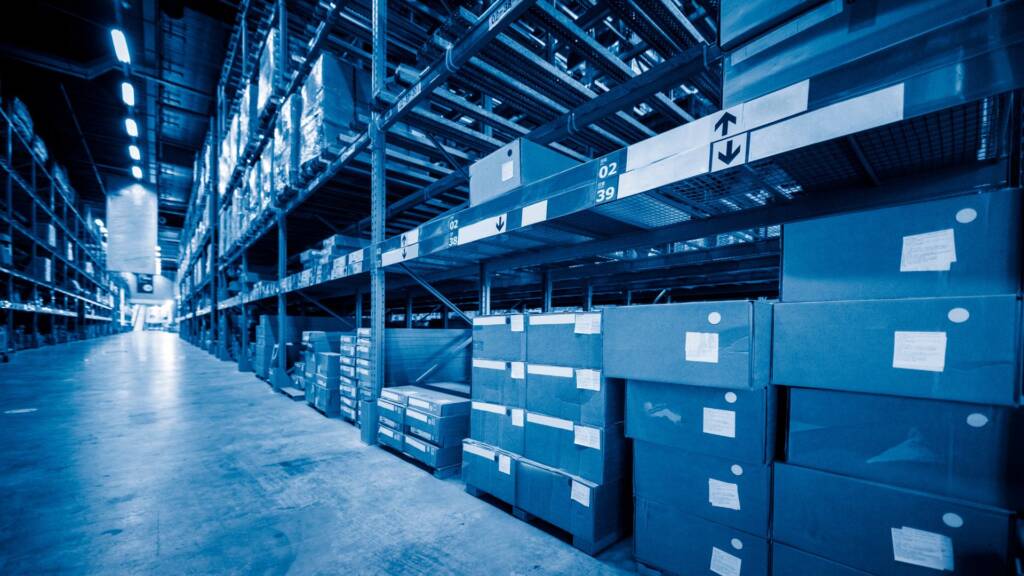The rise of e-commerce has dramatically reshaped the way we shop, and with it, the demand for warehouses has skyrocketed. By 2025, the e-commerce sector is expected to continue its rapid expansion, pushing warehouses to meet new challenges and seize new opportunities. While growth in e-commerce offers exciting prospects, it also brings a few hurdles that need to be navigated carefully.

1. The E-Commerce Boom and Growing Warehouse Demand
At the heart of this transformation is the explosive growth of e-commerce. More people are shopping online than ever before, and this shift in consumer behavior means businesses need to scale their storage and fulfillment capabilities. Warehouses must evolve to handle not only the sheer volume of goods being moved but also the speed at which customers expect their orders to arrive.

2. AI in the Warehouse: Smarter Operations
Artificial Intelligence (AI) is making its mark on warehouses across the globe. By integrating AI, businesses can streamline their operations and make smarter decisions. For example, AI-driven systems can optimize inventory management, forecast demand, and even assist in picking and packing orders with greater speed and accuracy. This allows warehouses to handle a higher volume of goods without sacrificing efficiency, reducing operational costs in the process.

3. Predictive Analytics: Getting Ahead of Demand
One of the key tools that warehouses are turning to is predictive analytics. By analyzing past data and market trends, businesses can predict what products will be in demand and when. This allows them to maintain optimal stock levels, avoiding both stockouts and excess inventory. Predictive analytics empowers warehouses to be proactive, ensuring they can meet customer demands before they even arise.

4. Sustainability: Green Practices in the Warehouse
As sustainability becomes more of a priority for consumers, warehouses are stepping up their efforts to reduce their environmental impact. From eco-friendly packaging to reducing energy consumption and optimizing shipping routes, businesses are taking significant steps to ensure that their operations are greener. Consumers increasingly favor companies that prioritize sustainability, making these initiatives not just good for the planet but also for business.

5. Omnichannel Retailing: Meeting Consumer Expectations
Consumers now expect to be able to shop online, pick up in-store, or have items shipped directly to their door. This shift toward omnichannel retailing is creating new demands for warehouses. They must be capable of handling both online orders and in-store pickups, often in the same day. This means warehouses need to be more agile and equipped with systems that allow them to handle multiple types of fulfillment models simultaneously.

6. Labor Shortages: The Push Toward Automation
Labor shortages are one of the biggest challenges facing warehouses today. Finding enough workers to keep up with the growing demands of e-commerce can be difficult. To address this, many warehouses are turning to automation. Robots, drones, and automated sorting systems are helping to fill the gap, speeding up processes and improving efficiency. However, while automation is essential, it comes with its own challenges, such as the initial investment and the need for specialized training.

7. Optimizing the Supply Chain
A key to thriving in the evolving e-commerce landscape is optimizing the entire supply chain. With the help of AI, automation, and data analytics, warehouses can track inventory in real time, improve delivery times, and reduce costs. Supply chain optimization ensures that goods flow smoothly from warehouse to customer, improving customer satisfaction and boosting profitability.
Conclusion
The warehouse industry is in the midst of a significant transformation driven by the growth of e-commerce. While the rise of online shopping presents exciting growth opportunities, it also comes with its fair share of challenges. To thrive in this new era, businesses must adopt innovative technologies like AI and automation, embrace sustainability, and be ready to adapt to the demands of omnichannel retailing. By doing so, warehouses will not only meet the growing demands of the e-commerce sector but will also set themselves up for long-term success.

